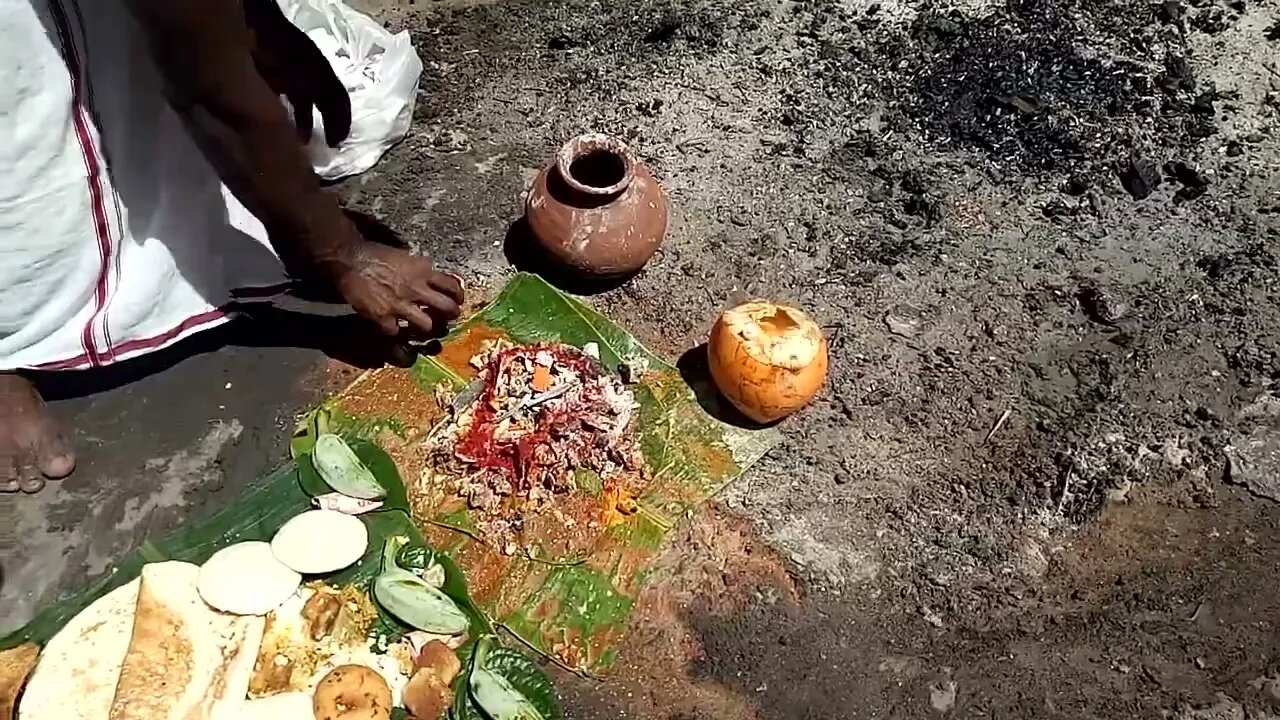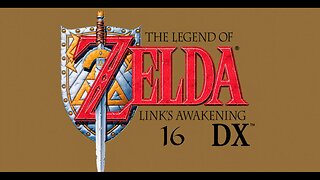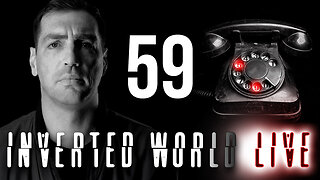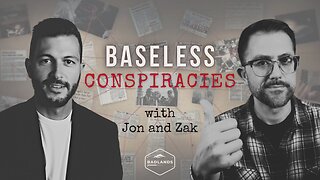Premium Only Content

Hindu Cremation ritual at the cemetery
Hindu Cremation Ritual and Puja with the ashes of the deceased.
According to the traditions that are associated with Hindu funerals, after death, the spirit continues to roam on earth in search of serenity. Relatives make pind daan offerings on behalf of the deceased so that the soul might find this tranquility. This rite, which involves presenting round balls made of rice, has to be carried out during the first and tenth days. On the other hand, in modern times, it is carried out as part of a combined rite on the tenth day following a person's passing.
The rites may be carried out at temples dedicated to Shiva or any other god or goddess. Following the completion of the Pindadaan rituals, coconut oil is poured over the ashma, and it is then immersed in a moving stream of water. In order to participate in the ritual that takes place on the 11th day after a person has died, the acts of fire sacrifice in honor of the deities must be completed at home.
Panchagavya Hom is the name given to the final rituals, and as part of them, the needed combination of cow's milk, dung, urine, and ghee must be sprinkled all over the dwelling. The person who is in charge of performing the funeral rites, known as the Karta, is required to prepare a "Sankalp" in order to help the departed soul by offering food grains.
Through the process of gaining velocity, it severes its links to the family and initiates a connection with the absolute soul. In order to commemorate this special day, members of the community, along with their families and friends, are encouraged to join in on a celebration that includes food, sweets, and Prashad.
During Hindu funerals, it is customary to burn the corpse of the deceased father, and it is strongly recommended that children refrain from eating bananas and curd during this time. Holy water is intended to be sprinkled all over the body, and the rice balls are supposed to be put next to it. In addition to this, the leaf of holy basil should be put on the corpse of the dead person.
The 16th day death ceremony is observed by a significant number of Hindu households after the passing of a parent. It is recommended that the son have a head shave. The right performance of Hindu death rites is required in order to resurrect the person's intellect, soul, and body. It is often believed that carrying out these steps in the proper manner may aid in changing the character of an item and giving it a new look.
Support our YouTube Channel with a small donation: https://www.buymeacoffee.com/Hindubaktha
-
 5:39
5:39
PragerU
18 hours agoHow Foreign Aid Keeps Africa Poor | 5-Minute Videos | PragerU
2.28K6 -
 4:20:19
4:20:19
The Pascal Show
18 hours ago $3.07 earnedDIDDY TRIAL LIVE! Assistant Brendan Paul 'DR*G MULE' Testifies! Diddy Trial Day 24
11.7K -
 20:11
20:11
The Chris Cuomo Project
23 hours agoWhy Gary Vee Says Parents Are RUINING Their Kids
8211 -
 LIVE
LIVE
Lofi Girl
2 years agolofi hip hop radio 📚 - beats to relax/study to
1,276 watching -
 27:10
27:10
Sadix2112
14 days agoThe Legend Of Zelda: Link's Awakening DX Episode 16 Dream Warrior
10.2K1 -
 1:17
1:17
daniellesmithab
3 days agoAlberta Ready to Lead
12.7K2 -
 23:10
23:10
Stephen Gardner
8 hours ago🔥Trump Issues CHILLING WARNING TODAY!
27.1K106 -
 2:31:36
2:31:36
FreshandFit
7 hours agoAfter Hours w/ Jake Shields & Zherka
83.6K92 -
 2:20:30
2:20:30
Inverted World Live
8 hours agoPsyops in Minnesota | Ep.59
77.3K7 -
 1:40:46
1:40:46
Badlands Media
15 hours agoBaseless Conspiracies Ep. 137: Predictive Programming, Pence’s Role & the Parallel War
78.7K28